Can we all just retire from everything else and read dog/animal-related books for the next few weeks? No? Me either. But still, so many new great books out there! Here are some I am excited about, in no particular order:
Bark! The Science of Helping Your Anxious, Fearful, or Reactive Dog, by Zazie Todd is releasing October 1st, and I can’t wait. I have always loved Zazie’s seamless ability to combine science and common sense in her earlier books (Wag: How to Make Your Dog Happy, and Purr, How to Make Your Cat Happy), her blog, and her podcast, The Pawsitive Post in Conversation with Zazie Todd, PhD and Kristi Benson CTC.
There are so many needy dogs out there. So many dogs who put their humans through hoops trying to avoid the things that set their dogs off–other dogs, visitors, loud noises. . . And so very many ideas about how to work with them. Some of these ideas are based on methods based on research and experience, but more seem still to be based on what your neighbor said his uncle told him. Few do a better job than Zazie of understanding what we really, truly know about dogs, and what science tells us what works to help them. I can’t wait for this book, full stop.
But I don’t have to wait until October lst, because Zazie will be talking about the book in the final installment of her too cool for school podcast series Bark! Fest. In it she and co-cost Kristi Benson interview authors of notable dog-related books. I had the pleasure of speaking yesterday about The Education of Will, and will be riveted today by Cat Warren and Marc Bekoff talking about emotions in dogs. Zazie’s talk on Bark! and reactive dogs is scheduled for September 26, at 1 pm Eastern.
You can register Zazie’s talk here, for free. All talks can be listened to about 3 days after the event, so sign up and enjoy when you can, although live is always so much fun. I’ll be there, and will try to catch as many talks as I can. Zazie and Kristi, and the audience!) ask great questions, and are full of compassion and kindness. Who doesn’t need more of that now?
Welcoming Your Puppy From Planet Dog, by Kathy Callahan. Kathy writes regularly for Whole Dog Journal, and is also the author of 101 Rescue Puppies.
I haven’t yet read every, single page of this book, but I can tell you that I was sold early on when I turned a page titled “Yes, You Can Sleep with Your New Puppy.” How can you not ADORE a book that acknowledges that taking a pup from sleeping in a pile of warm bodies, and then put it into a lonely, cold crate in a new environment doesn’t create a problem? Ah, some say, but won’t the puppy pee in the bed? Not if you take Kathy’s advice, and feed before 7 pm, offer no water after 8:30, and most importantly, take the pup out for a “motion-filled adventure” just before bed to stimulate elimination. She’s done it over 200 times with the puppies she’s fostered, and it works.
I truly LOVE this book. If I was fostering, breeding, or getting a new puppy, I’d read it twice, and still keep it within reach every day.
Manage It! Hacks For Improving Your Dog’s Behavior, by Juliana DeWillems is another book I really, really love. I had a chance to review it before it came out, and here’s what I said about it:
Finally! A much-needed book about what every professional trainer knows: The management of a behavioral problem can be just as important as training, and often more practical. Kudos to DeWillems for giving us this essential book!
Management is a topic that I’ve always felt had short shrift. If I’ve said it once, I’ve said it a few hundred times that professional trainers rely on management far more than many dog owners think. Yes, yes, I could train my dogs to be perfectly polite to visitors while staying in the room that people enter, but if I don’t know who’s calling, it is soooo much easier to call them into another room and shut the door or a gate rather than teaching them to go lie down on a mat. It took some training, but probably a tenth as much time, and I’d much rather spend my time and energy on working sheep, or some new trick.
I get asked questions about dog behavior all the time, wherever I go, (which is fine, except for the times I was having surgery on my face or busy in a stall in a public bathroom). When I suggest management, people often respond as if “just managing” the issue is some kind of failure; that somehow, to be “good enough,” dog lovers should always fix the issue through training. I often remind them, as does Juliana, that “training” almost always includes management, by creating an environment that brings out the behavior you want, and prevents habits you don’t. The book has in-depth sections on common problems we humans have with normal canine behavior, like barking or overly-excited greetings, and it might be one of the most important “training” books of the year. (And Dogwise tells me it’s selling like crazy.)
Abandoned, Chronicling the Journeys of Once-Forsaken Dogs, by Katherine Carver. What a gorgeous and inspiring book! Don’t let the title fool you, this is a beautiful book celebrating the benefits of animal adoption. The author photographed each dog right after being rescued, and then a year later after being adopted into a new and forever home.
The book was inspired by the author’s Sheltie, Biscuit, who had “been abandoned on a rural highway, terrified and malnourished.” A year later, he was a happy, confident member of the family, and Katherine’s life was changed forever. She spent 10 years documenting the changes in abandoned dogs, and all they gave their forever families, highlighted by her exquisite photography. It’s coming out in early October, but you can order it now. (A note: Can we not call ordering things before they can be shipped “pre-ordering?” If I click on “pre-order,” I’m ordering it, right? Okay, old-lady, word-nerd person now going silent.)
Why Animals Talk, The New Science of Animal Communication, by Arik Kershernbaum just arrived, and I haven’t had a chance to read it yet. But I’ve skimmed through, and I can’t wait to learn more about wolves in Italy mimicking the howls of domestic dogs to live under the radar, whether hyraxes–one of my favorite animals ever–use syntax in their complex song-like barks, and lying, cheating chimpanzees (who are really good at it). I’m taking a week off soon, and this book is high on my “Nothing To Do But What I Want” list. If you love animal behavior, as it seems most dog lovers do, this is a great book for you. (And would be a super holiday present for friends?)
Now you! Torture us with yet MORE books we need to retire to find time to read!
MEANWHILE, back on the farm: What I (we) did last weekend (and many to come), or, The Many Joys of Country Living: Lest the photos of the sheep and the birds and the flowers and the dogs make life on the farm look blissful, here’s what we’re dealing with now:
1. Black mold in the garage, necessitating bringing in the big guns to vacuum/scrub the wall and cabinet, taking out each item, one by one, tossing or scrubbing with hot water/vinegar/Dawn detergent, then painting the wall in question with mold-killing primer and two coats of paint. Although mold was only on one wall, we are, of course, now going through the entire garage, one item at a time, then scrubbing, priming and painting all surfaces. (Imagine how many items there are in the first 2 aisles of a hardware store.) Work hours required: Not quite endless, just feels that way.
Jumping worms in the perennial gardens. A horrific invasive species that look like beneficial earthworms but turn your soil into a weird, coffee-ground like substance that can’t sustain your plants. Add up many many hours of Trisha on her hands and knees digging them out, killing them, adding compost, researching management methods (Please, no advice, I got this, lots of long talks with the DNR, UW etc.) Work hours required: Endless, for the rest of time.
Chuckles the Woodchuck: We knew right off the bat that a woodchuck in a yard is not a good thing in most cases. Two years ago one dug into one of my favorite perennial gardens and destroyed it, eating up over 35 oriental lily bulbs. This year, “Chuckles” seemed pretty tame, but one morning Skip caught sight of him and started to chase him. I stopped it right away–chasing wild animals is never a good idea, but Chuckles took it seriously and all we’ve seen of him lately (after eating down several of my coneflowers and liatris) is this:
They don’t call them woodchucks for nothing. (Yes, sometimes they do actually eat wood, if it’s soft enough.)
Finally, skipping over the chipmunks, rabbits, squirrels, weasels (yes), mice, voles and three species of wasps and various other uninvited guests, here’s who I am now calling The Farm Deer. She shows up every day now, cruising around a set pattern through the yard. I’m guessing it is her that is responsible for eating my gorgeous brussel sprout plants, downing all of my chard and many of the carrot tops. Not to mention nibbling on the ripe tomatoes.
But there’s always good news! Lots of carrots did well in spite of our visitors, and the potato “crop” was small (only 2 “potato sacks”) but super yummy. Here’s just a few for a dinner a few nights ago.
And, pie. There is always a chance for pie. I recently made one for friends from our rhubarb and strawberries from nearby Burres’ Berry Patch. More yum. Here it is before and after the oven did its wonders.
Okay, all, your turn! What are you reading, eating, growing, battling? (Please send mailing address if you’d like to foster Chuckles. Then please come out and catch him yourself, because we have failed miserably.)

















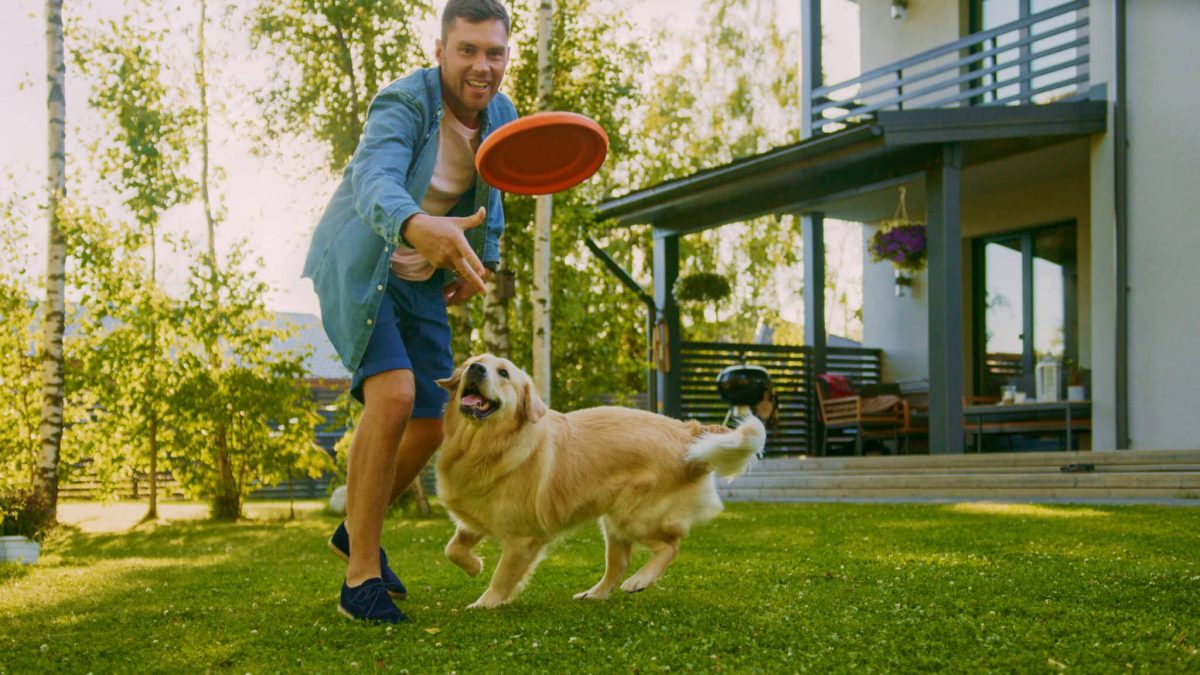

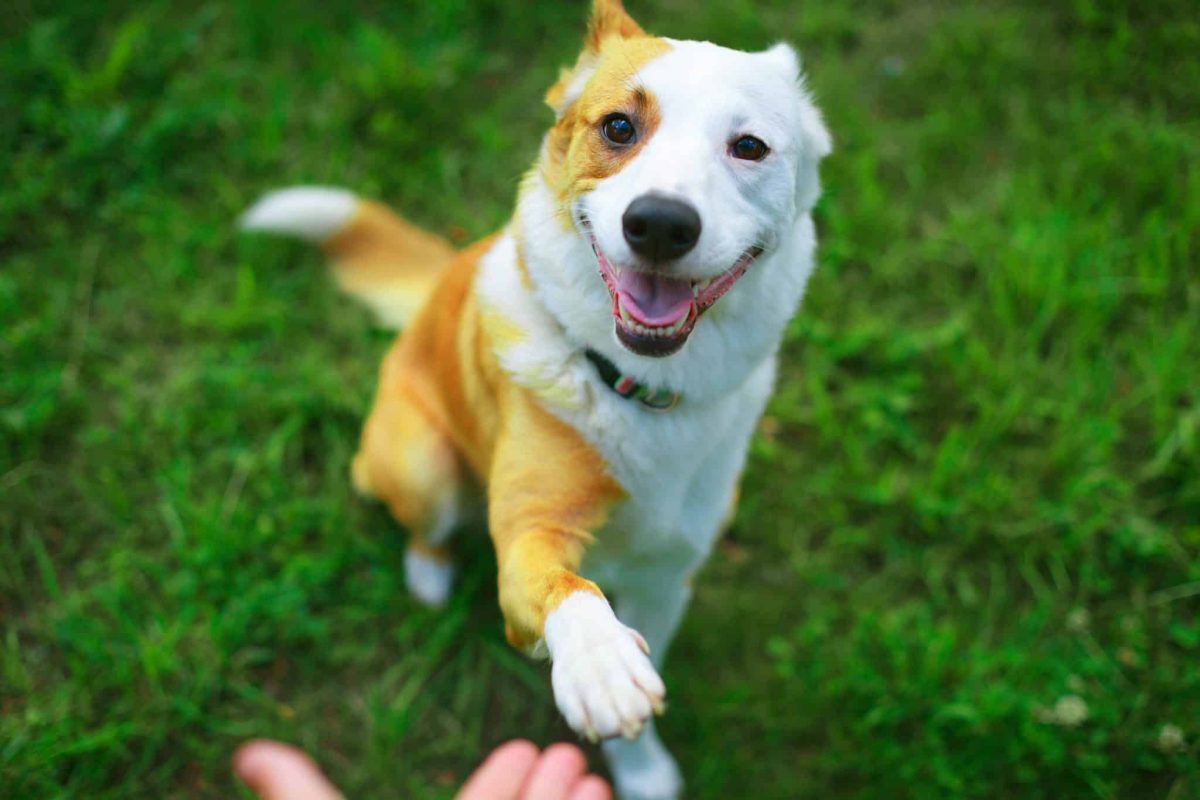

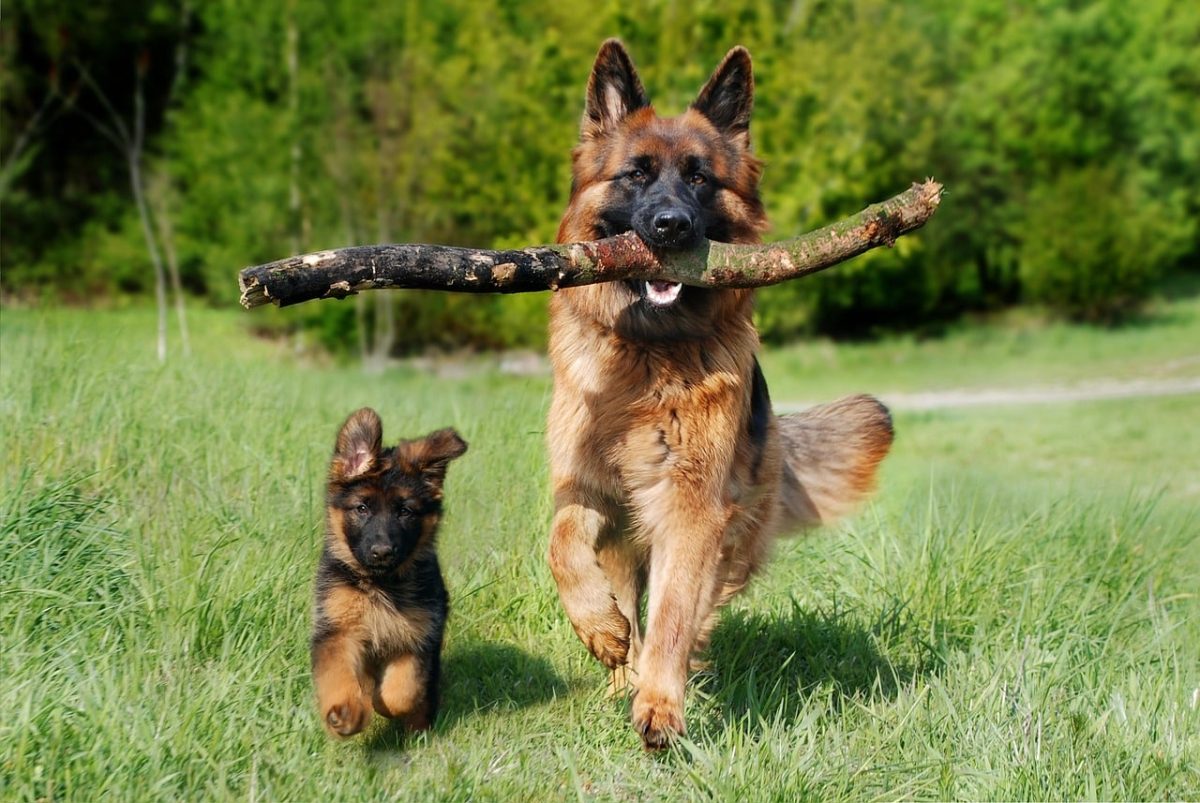

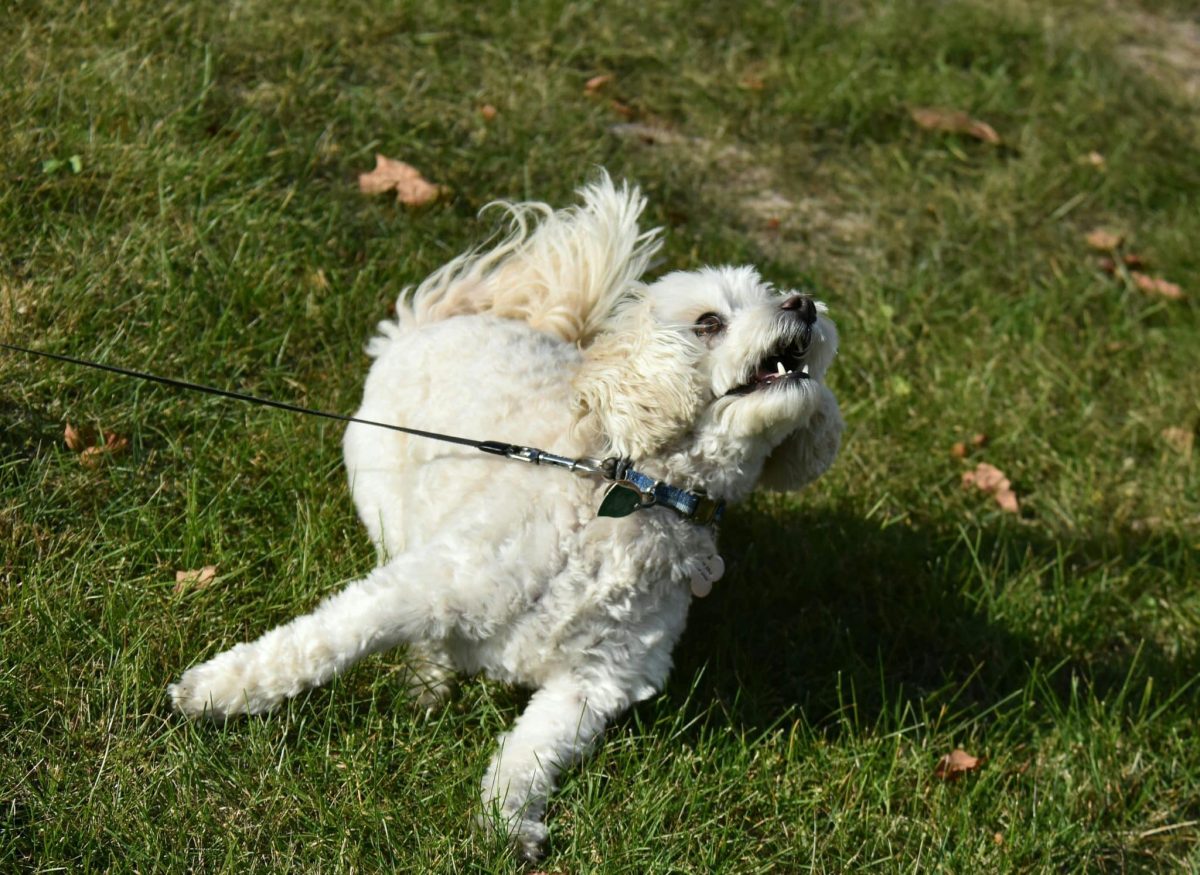




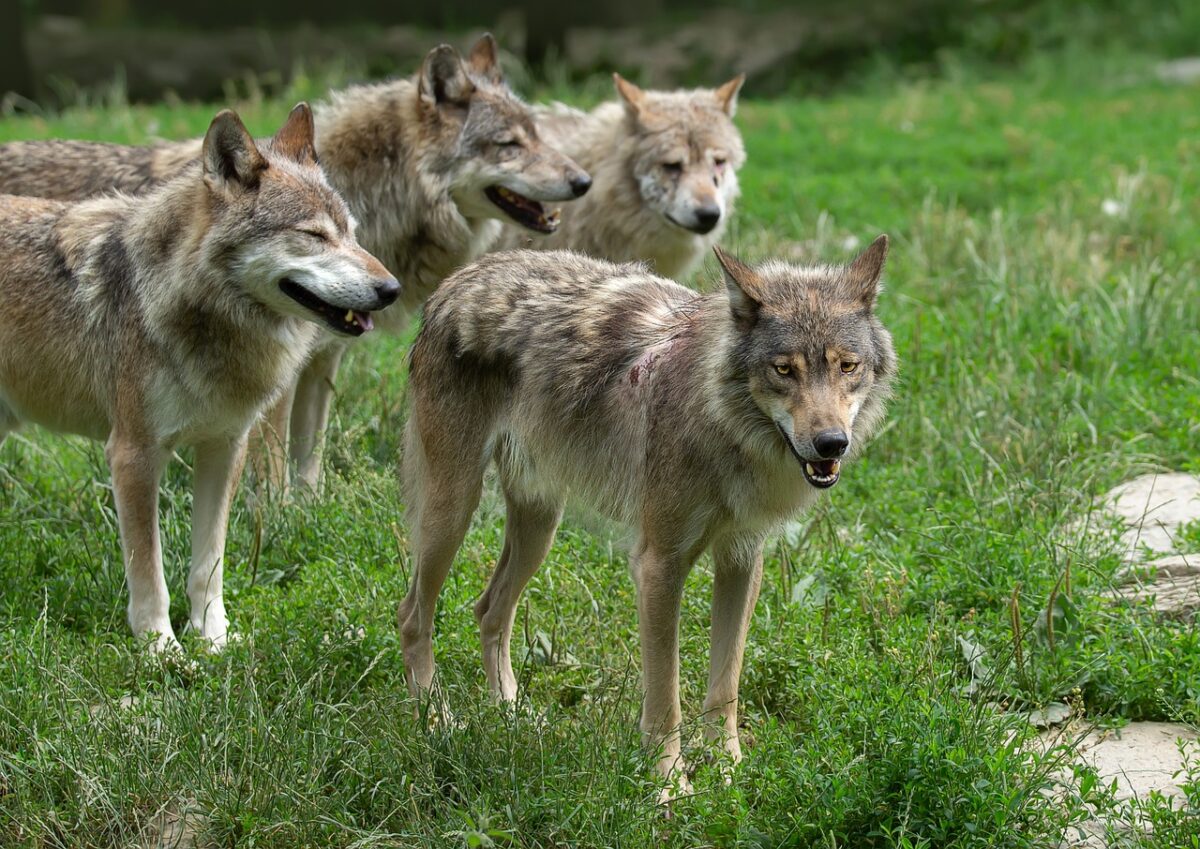
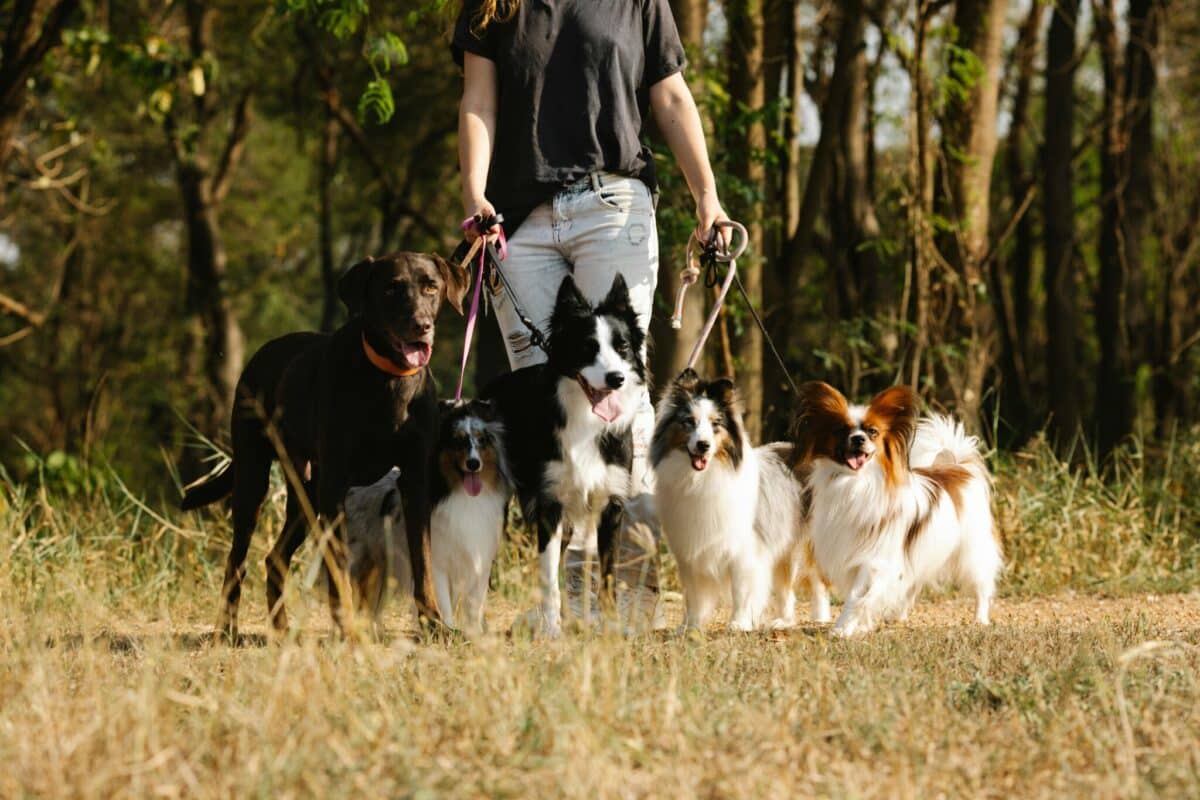


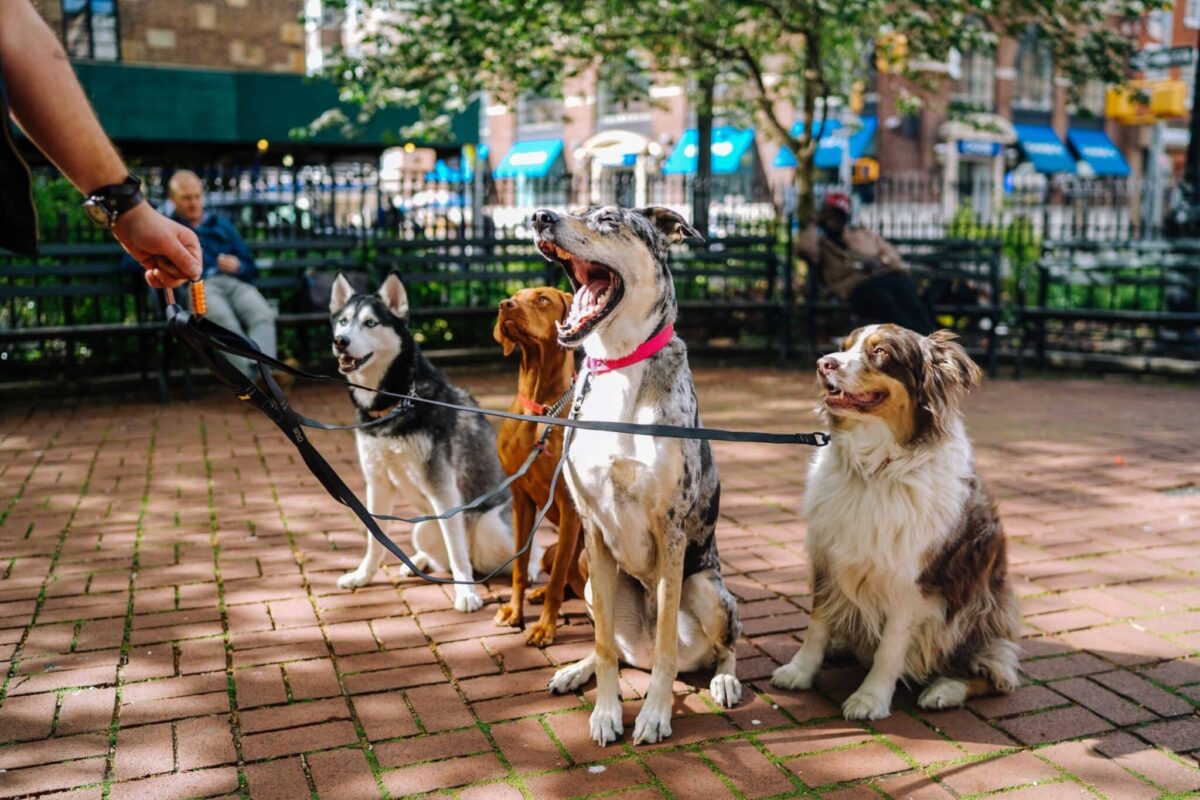


 English (US) ·
English (US) ·